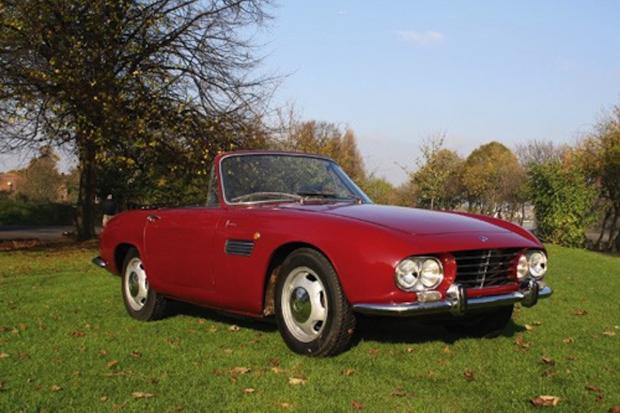
As Coys starts to assemble its lot-list for its annual Techno Classica Essen sale on 24 March, we spotted some real gems and obscurities in the catalogue including the gorgeous rare OSCA in the main picture – the very one the C&SC team was drooling over during our Poor Boys' Tour visit to Coys late last year – and a sensational ATS.
Here are C&SC's favourites, the descriptions are Coys'.

ATS (estimate: refer department)
During 1963, ATS developed, based on the frame of the 2500 GT, a sport version called the 2500 GTS. The technical design basically remained the same, keeping the revolutionary mid engine layout. However, most major changes were made to the engine; unlike the 2500 GT, the 2500 GTS was equipped with 4 Weber carburettors, and a much higher output was reached through the significantly larger carburettors, which increased horsepower to 260.
The body design stayed the same, built entirely out of aluminium by Allemano. The nett dry weight was reputed to be a startlingly low 750 kilograms, and the top speed was said to be an impressive 255 kph.



